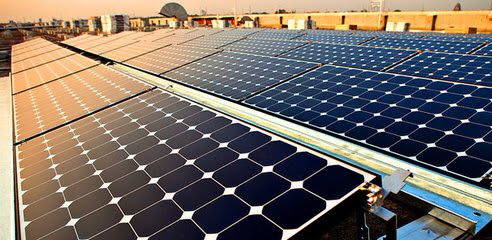Utility companies can benefit considerably from the utilization of concentrating solar power (CSP) and available energy storage methods, a new study from the US Department of Energy’s National Renewable Energy Laboratory (NREL) has found.
A CSP that possesses a 6-hour storage capacity works well to lower peak net loads for the part of the day when the sun isn’t shining. That’s “enough to add $35.80 per megawatt hour to the capacity and operational value of the utility, compared to photovoltaic (PV) solar power alone, and even higher extra value when compared to CSP without storage. The net load is the normal load minus variable renewables such as photovoltaic and wind.”The thermal storage creates additional value because it allows CSP to replace the gas-fired generation that is used during peak loads and is more expensive, and also because it works to even out the solar power generation throughout the day, rather than a big bump during the day and big drop-off at night.
This study is one of the first where “the operational and capacity value of CSP with thermal storage has been evaluated using a production cost model, a traditional utility planning tool,” NREL writes.
The researchers used Energy Exemplar’s PLEXOS simulation model to specifically isolate the value of thermal energy storage (TES) with and without storage relative to other generation methods.
“We’ve known for a long time that CSP with storage adds significant value, however, we are now able to quantify this value in the language utilities understand,” said Mark Mehos, manager of NREL’s Concentrating Solar Power program. More
Given the amount of solar energy that SIDS and many tropical and sub-tropical countries have this is a most logical policy. Editor




